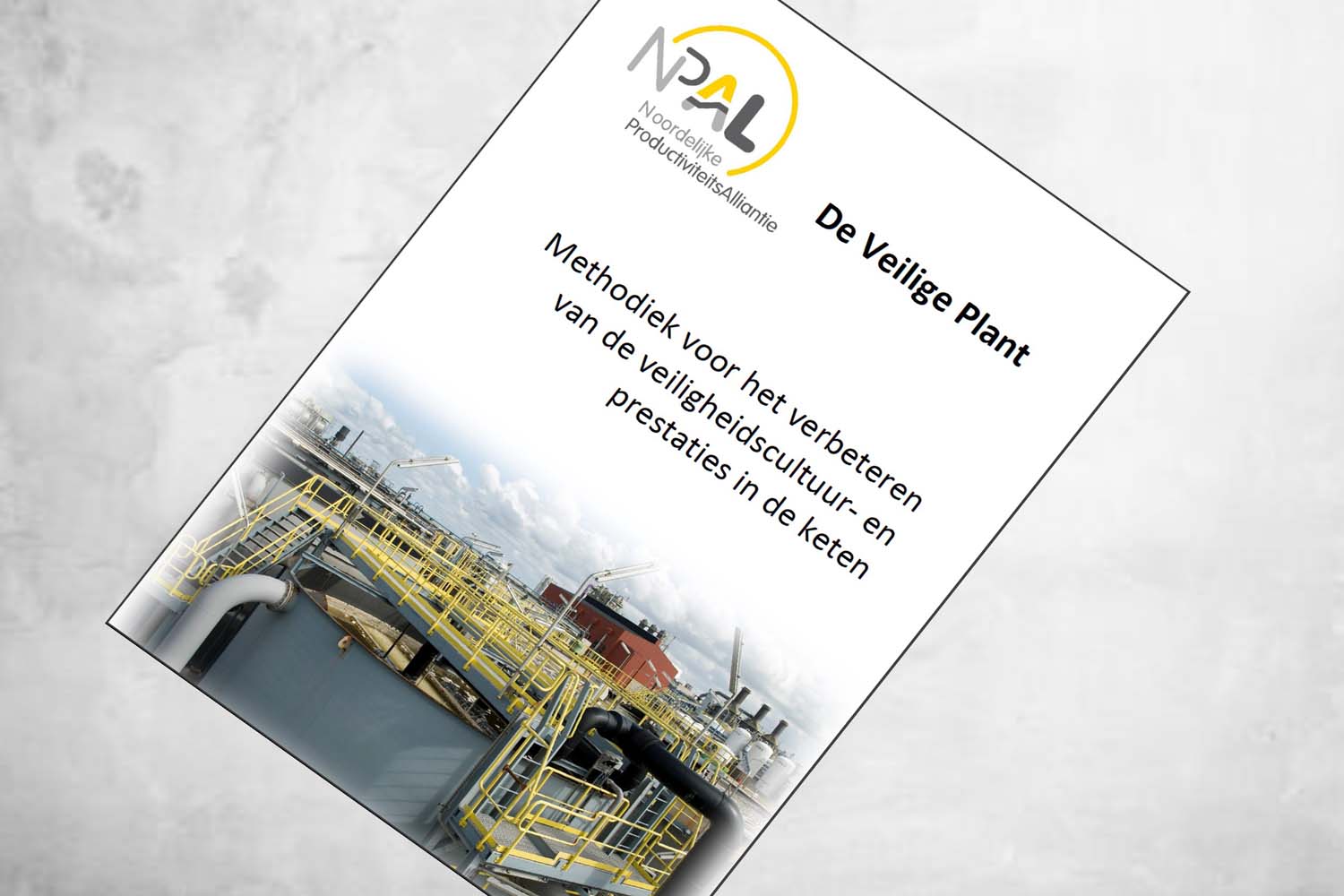Completed SVO 219005: The Safe Plant: improving safety culture and safety performance in the supply chain
Description
The safety performance of the industry in (Northern) Netherlands is of a high level. Production companies individually put a lot of time and energy into this.
Maintenance work can create additional safety risks. For example, when the installation is not properly secured or when maintenance personnel work on the wrong installation components. Research has shown that a further improvement in safety performance can be achieved through more intensive cooperation between production companies (asset owners) and their chain partners (contractors), such as hired maintenance personnel. Many (near) accidents can be prevented by better work processes, better communication and more equal cooperation.
NPAL here builds on the Safe@SABIC&Partners program. In this program, Sabic started a strategic collaboration with selected contractors several years ago. This has significantly reduced the number of safety incidents and greatly improved the safety culture. In 2015, SABIC Geleen was the first to receive the VOMI Safety eXperience Award for this.
Implementation
To develop and test the NPAL methodology, three pilots were conducted. The pilots took place at Avebe in Ter Apelkanaal, Frisia Zout in Harlingen and at Teijin Aramid in Delfzijl.
Each pilot began with a position assessment: the level of cooperation at the outset. Parameters at this baseline included the procurement and tendering strategy, preparation and award of the contract, preparation and execution of the work, and evaluation of the work.
A core team, which directed the project, used the information from the position assessment to arrive at an action plan. A steering committee, in which the managements of the asset owners and its key contractors were represented, gave approval to the core team to implement the action plan and periodically monitored the project's progress.
Over a period of 6 months each time, working groups went to work to bring a particular part of the cooperation to a higher level in accordance with the action plan. Each working group had representatives from the client and the contractors. On average, there were 2-3 working groups per pilot. Examples of topics: the organization of stops, the work permit procedure or the alignment of HSE plans.
Experiences from the working groups were shared among themselves to learn about collaboration, and to directly apply the knowledge and experiences gained elsewhere.

Code: SVO219005
Status: Completed
Update: November 2022
Result
The Safe Plant methodology provided an improvement in collaboration between outsourcer and key contractors, which ultimately contributed to the perceived improvement in safety performance.
During the final evaluation of the 2-year pilots, participants indicated a noticeable difference in safety organization and implementation. Not only on paper, but also in practice on the shop floor. We are talking about less tangible things, which are certainly no less valuable: operators and managers themselves bring up safety more often, know how to find each other better, and arrange things better in advance.

